Feeling overwhelmed with iPhone choices each year? It's not just you
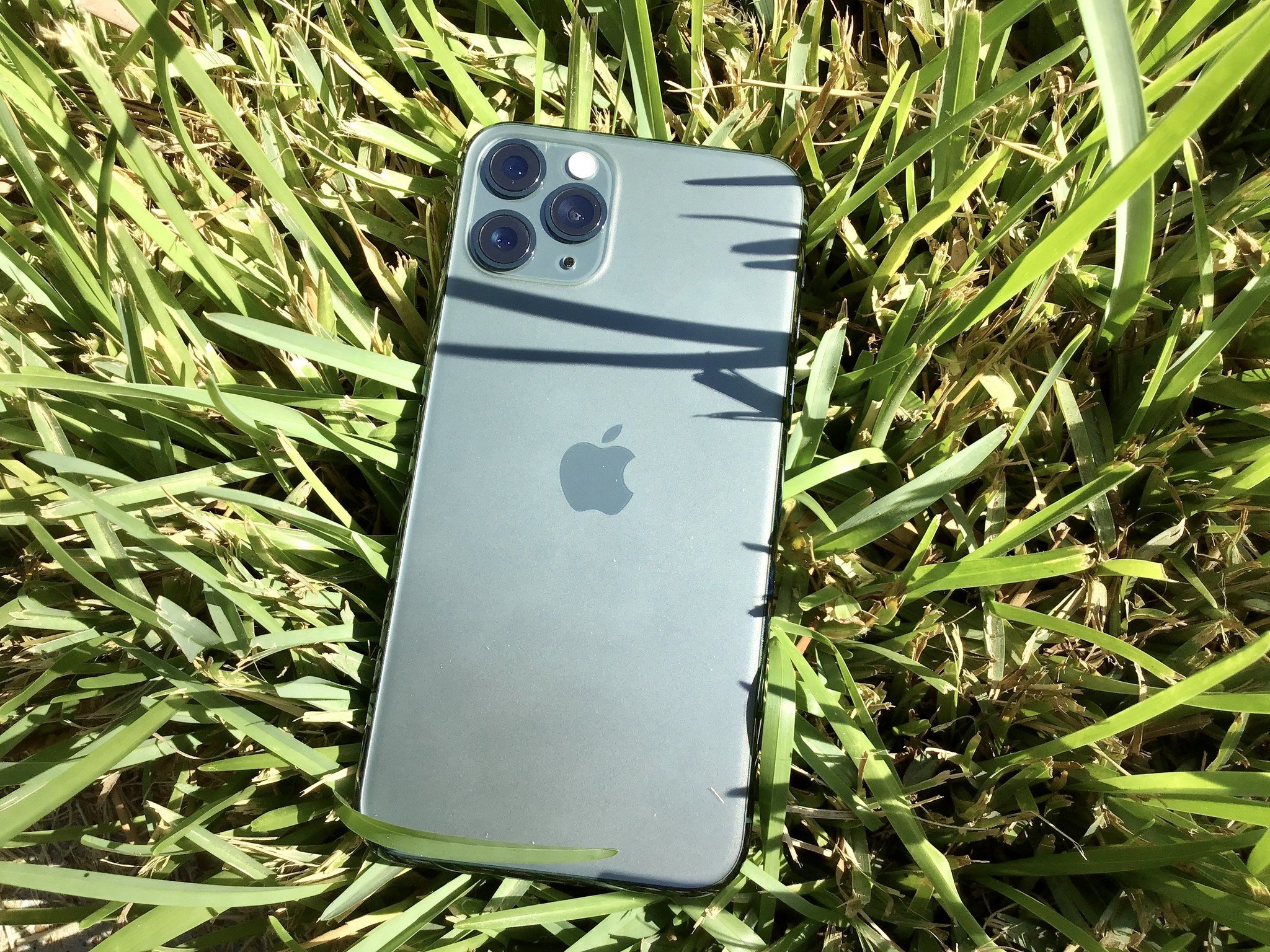
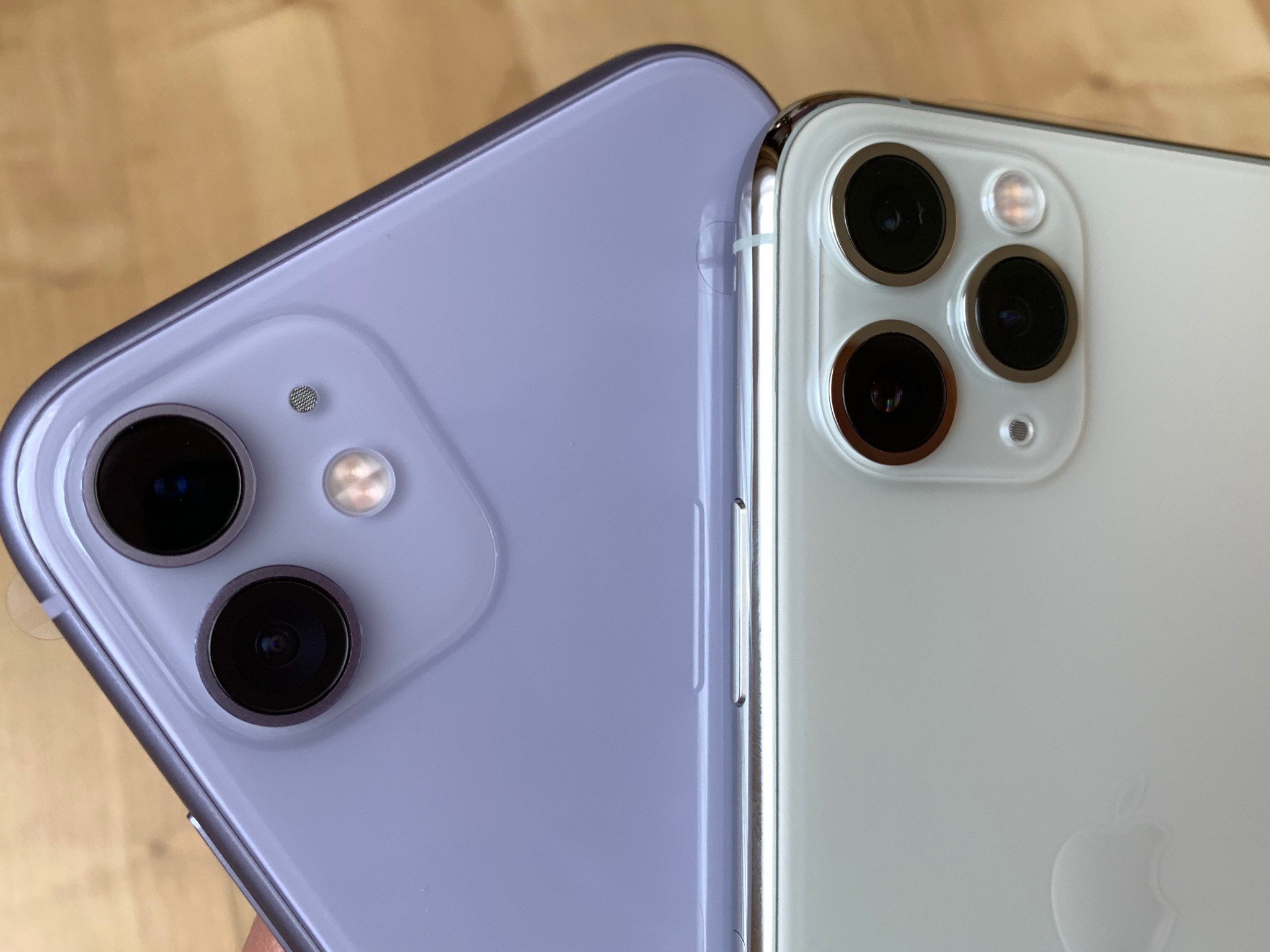
When Steve Jobs first announced the iPhone back in 2007, the device only had one size and only worked with one carrier in the U.S. Life was easy back then — you wanted an iPhone? Then you had to go to AT&T. It was that simple.
But times have changed, and in some ways, getting an iPhone has become a bit overwhelming, and even anxiety-inducing.
History of the iPhone
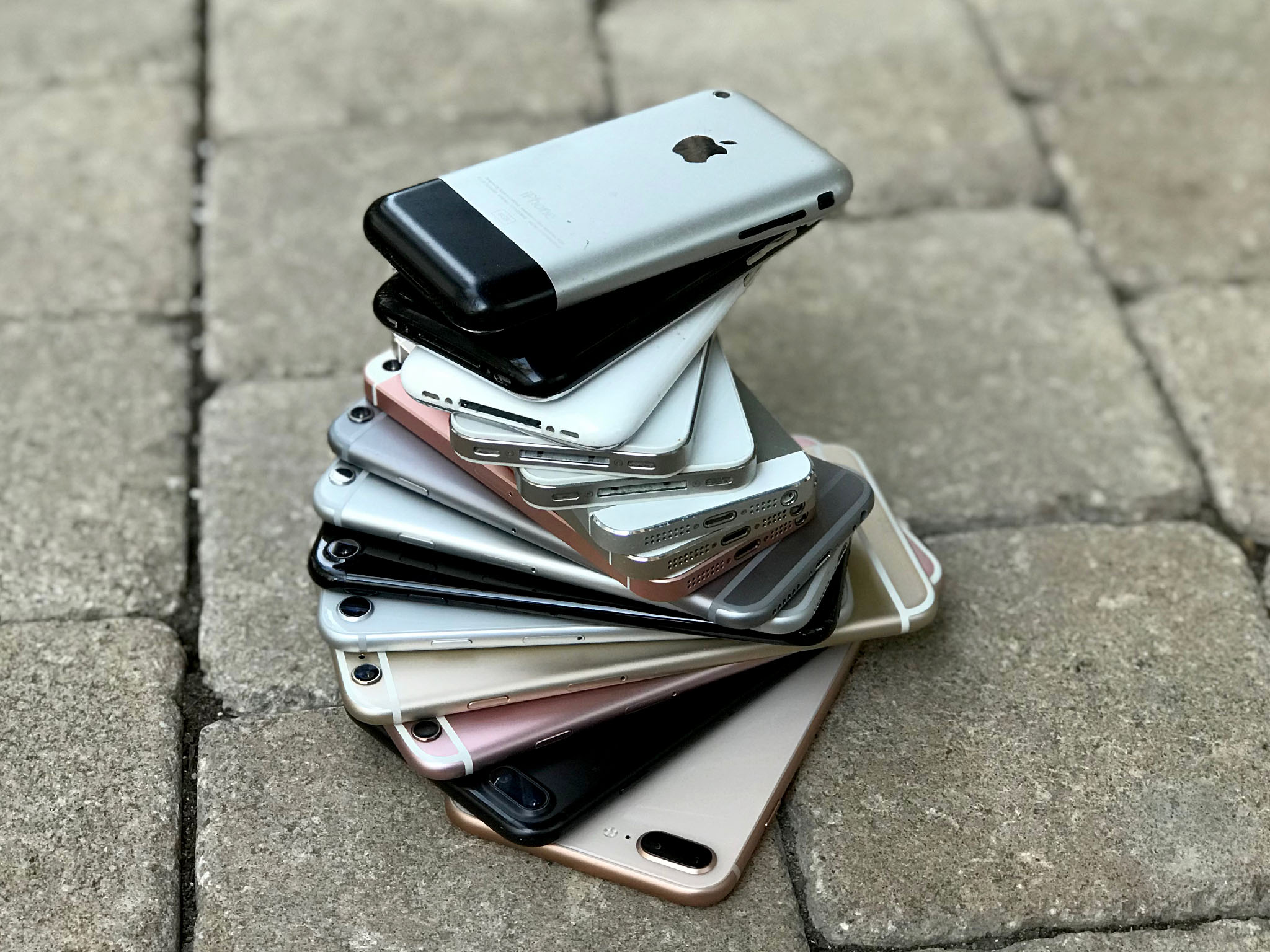
Skip forward to early 2011, and the iPhone 4 was also going to be available on Verizon with a CDMA version, as well as AT&T with the GSM version. Then Sprint started carrying the CDMA iPhone 4 and iPhone 4s in late 2011. Eventually, the iPhone would find its way to every US carrier in some way or form, along with many other cellular companies in other countries.
And for a while, all was fine and dandy. From the original iPhone to the iPhone 4s, it was a simple 3.5-inch screen. Then the iPhone 5 brought the first 4-inch iPhone screen, which is still coveted by many as the "perfect small iPhone size," and the iPhone SE eventually revives this size, though it's a bit dated now.
Then the iPhone 6 and 6 Plus came along, beginning the era of multiple iPhone size choices, with either a 4.7-inch or 5.5-inch screen, respectively. These sizes continued all the way up to the iPhone 8 and 8 Plus, which are still being sold today.
Along with the release of the iPhone 8, however, was the iPhone X, which got rid of the classic Home button and increased the size of the screen to 5.8-inches, while retaining a physical profile that is similar to the iPhone 8 itself. The iPhone XS kept the same 5.8-inch size of the X, but then you have the XS Max with a 6.5-inch screen and the iPhone XR with a 6.1-inch screen. And the iPhone 11, 11 Pro, and 11 Pro Max continue the tradition of 6.1-inch, 5.8-inch, and 6.5-inch screens, respectively.
We've gone from a tiny 3.5-inch screen all the way up to 6.5-inches (as of right now), different features, various storage capacities, multiple carriers, several different starting price points, and even deals during select times of the year. It's no longer a simple task when someone says "I want to get a new iPhone."
Master your iPhone in minutes
iMore offers spot-on advice and guidance from our team of experts, with decades of Apple device experience to lean on. Learn more with iMore!
Potentially too many choices for the average person
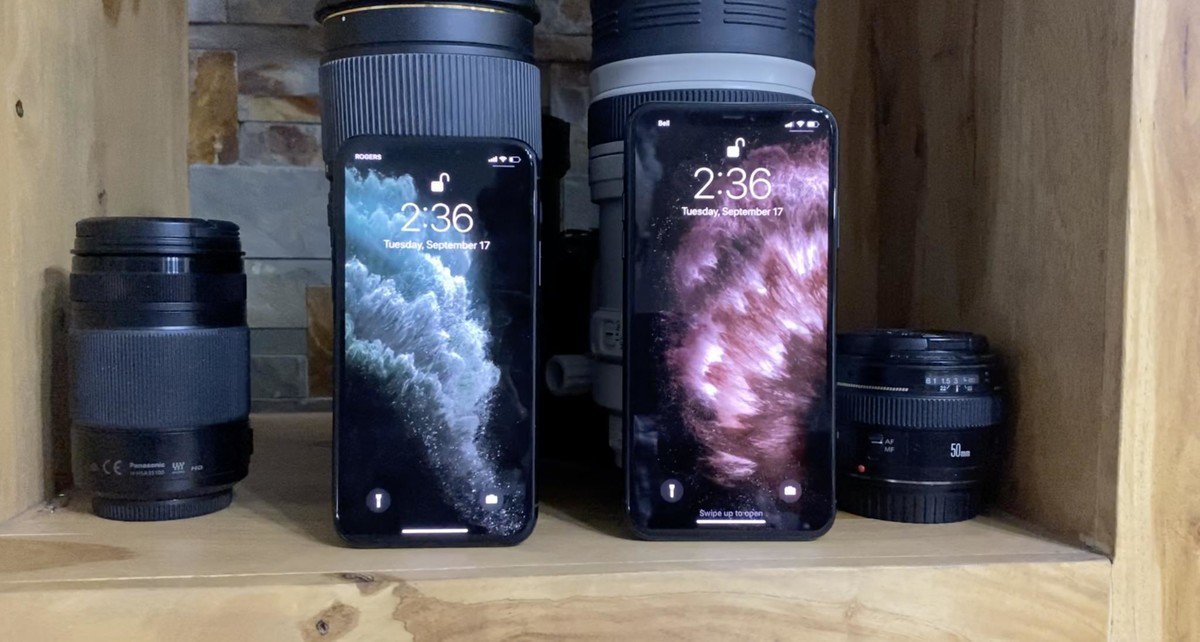
Nowadays, when you go out to buy a new iPhone, you have the choice of two display types (LCD or OLED) and three screen sizes (one LCD and two OLED) to choose from. There are also several different color choices for each model, which just adds to the decision-making process. And if you're not satisfied with your current cellular provider, you may need to do some extra research to figure out which provider would better suit your needs.
For the tech-savvy like myself, choosing an iPhone each year is not really an issue. We know what size we're comfortable with, the screen we want, the color (though it just ends up going in a case), and the capacity.
But not everyone is a techie.
I realize that with my job, I (and my fellow coworkers) would be considered outliers. The Average Joe won't be following Apple iPhone rumors for months, and they're probably using an iPhone (or other smartphone) that is several years old by now, and they just want an upgrade from what they have.
When they go to the Apple Store or their carrier, and say "I want to get a new iPhone," the sales associate will then probably ask, "Ok, which one?" And then that's where it can get a bit overwhelming for most people. You know the typical person will just respond with, "Oh you know, that new iPhone."
But again, there are three sizes of the new iPhone 11 line, and the iPhone 8 is also still available for purchase. So then the sales associate will need to ask them if they still want to use the Home button and Touch ID, or if they want to go with the button-less iPhone with Face ID. And if they go with the latter, then what size screen do you want? They're not going to know what the difference is between an LCD and OLED screen until you put them side-by-side with each other, and even then it's not guaranteed.
With so many iPhone options available when you go buy one, if you don't already know what you want after following the rumor mill for months, then it does look a bit much, and even intimidating to some. That consumer will then need the sales associate to explain the differences of each model to them, requiring more time. Or if they're trying to get a new phone online, they'll probably ring up someone that they know is into all that stuff, and then that person will need to explain (in layman's terms) what the differences between iPhone 8, iPhone 11, and the 11 Pro/Max are.
And even when the differences are explained to said person, they may still be confused as to why would this be better, etc. Oh believe me, I've gone through it with my own relatives and in-laws. It's just evidence that for most people, there are just too many choices that are available at the moment.
The rumor mill keeps on churning
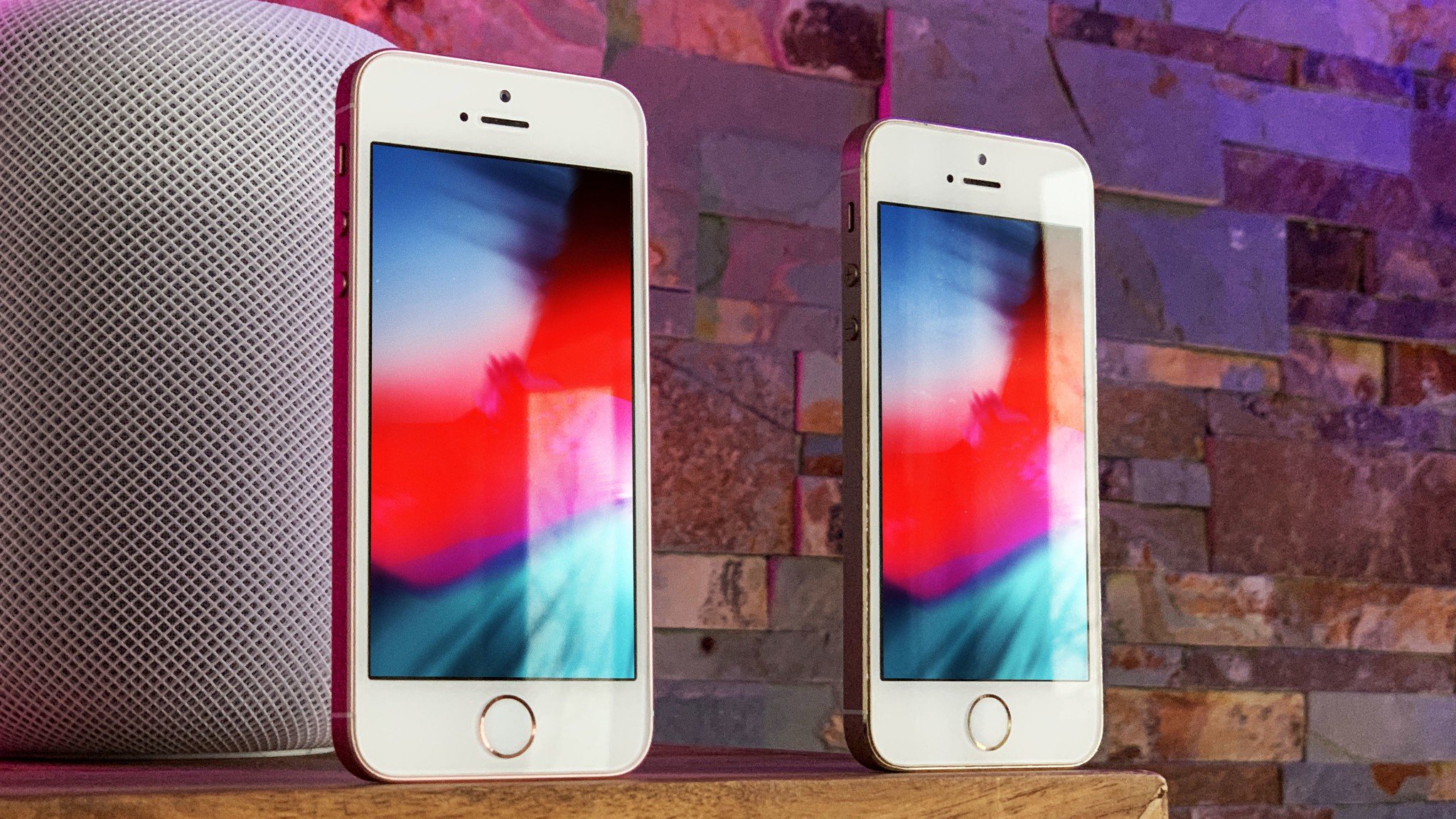
If you've been paying attention to us here at iMore, or pretty much anywhere in the Apple blogosphere, you'll know that the rumor mill never stops. A month after a new iPhone comes out, the rumor mill for the next iPhone begins.
This year, we're getting rumors of an iPhone SE 2 (which may be called iPhone 9 or something), alongside the iPhone 12 lineup, which could even possibly come in a Navy Blue color, and even something else like a 5.4-inch iPhone that's an "updated version of iPhone 8." This is just a sampling of what we've heard so far this year, and it's only January.
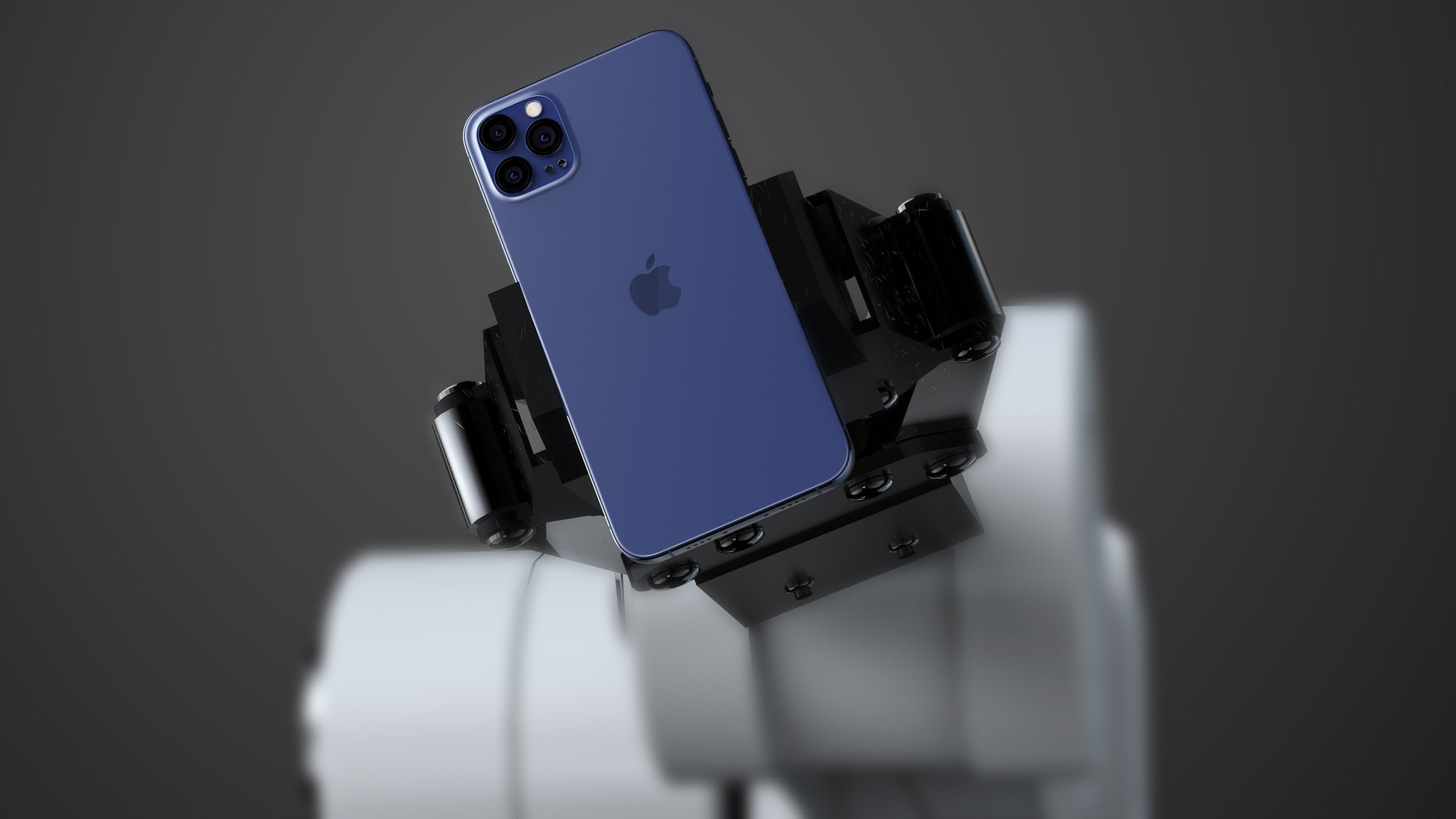
I could sit here and recap all of the iPhone rumors, but my point is that from all of the rumors so far, there's going to be even more choices in 2020. There's going to be models with all new sizes and form factors, colors, features and functionality, and more. Plus, with so many options, Apple will once again go with an iPhone for every price point to appease all budgets.
Honestly, I love the current 5.8-inch size iPhone 11 Pro, and from the rumors, it seems that the next generation of iPhone 12 will be 6.1-inch, 5.4-inch, and 6.7-inch screens. This doesn't make me too happy, because I'll be thrown back into the "which iPhone do I get this year?" camp, like many others. Seriously, I prefer the 5.8-inch size, so I hope that these rumors aren't true. But if they are, then I'll have to spend some time about what my next iPhone is going to be.
How to overcome the iPhone buying anxiety
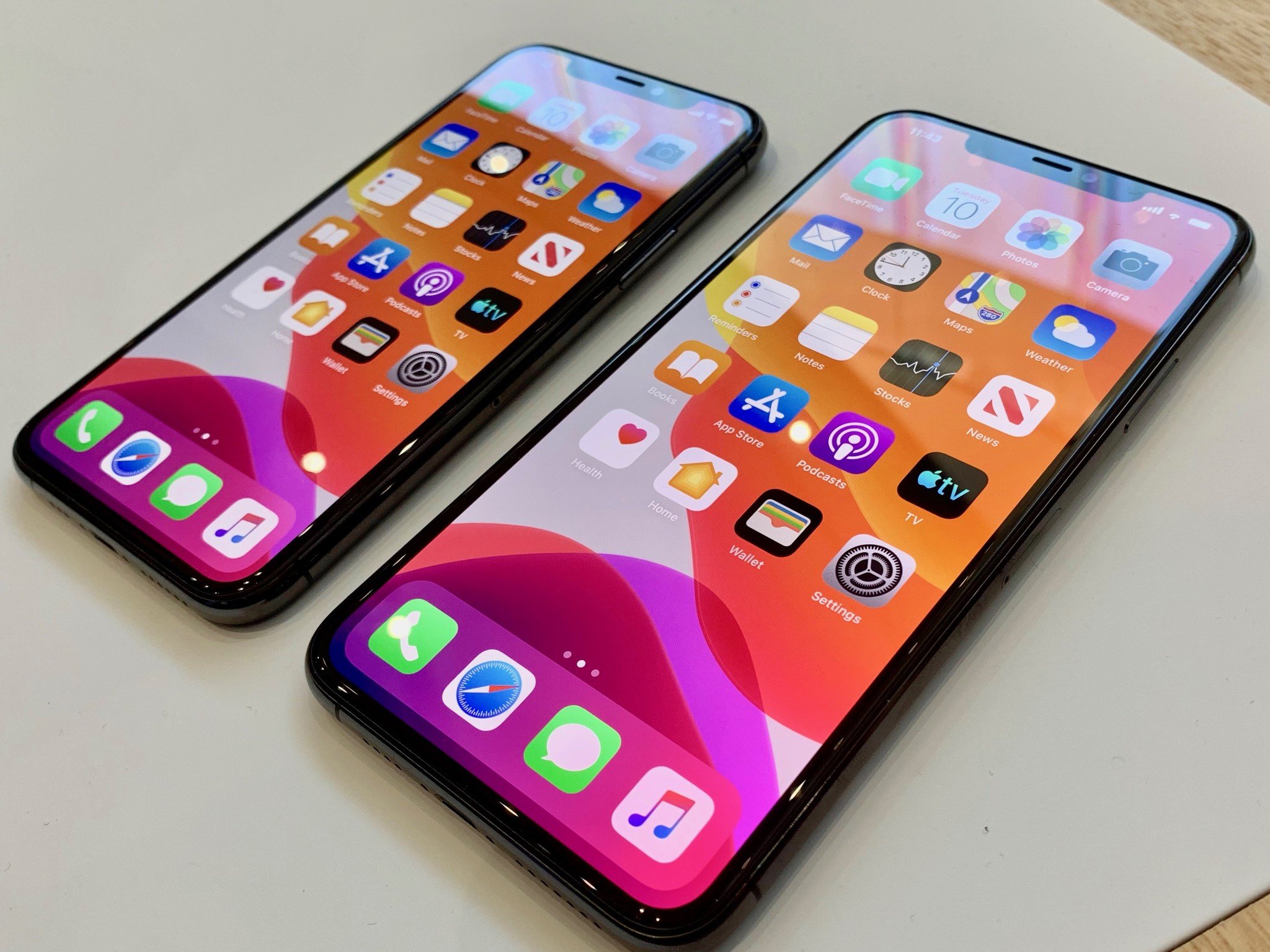
The days of having one size iPhone are long gone. Instead, we're being given more choices these days, which can be both good and bad, depending on who you are. It's no longer about what Apple thinks is the single "best" option for everyone, and more about what suits your own needs and wants in a smartphone, and the same can be said about the iPad line.
While I can't provide a singular solution for everyone who gets overwhelmed with all the iPhone choices, here's my advice. Take a look at what you can afford, along with what features you need out of a smartphone, and don't get caught up in that FOMO of what everyone else is getting.
Just think about what you can afford, what you're comfortable with, and forget about everyone else. After all, it's going to be your device, and no one else's.
Do you really need the latest and greatest in the new iPhone? Can you really tell the difference between an LCD or OLED screen or the pixels in the smaller phone compared to the bigger one? What size fits best in your hand and is comfortable to hold for longer periods of time? Could you live without a few of the higher end features and use that money towards something else? Are the new camera features worth that extra money when you're just going to post them on Instagram or Facebook anyways? These are just a few questions you could ask before you contemplate making your purchase.
And if you're one of those who fall into the "iPhone SE was the perfect size" camp, then this may be your lucky year, and the choice may be easy if it's actually true.
But no matter what route you take (you can even skip out on an upgrade and wait for next year), an iPhone is still an iPhone, and if we're going by Apple's track record, regardless of version, it's going to be a solid device. So if you don't need all of the new bells and whistles of the top-of-the-line version, then you can definitely save a few hundred and get the starting model of the iPhone 12 or whatever it is going to be. Just think about what you can afford, what you're comfortable with, and forget about everyone else. After all, it's going to be your device, and no one else's.
Christine Romero-Chan was formerly a Senior Editor for iMore. She has been writing about technology, specifically Apple, for over a decade at a variety of websites. She is currently part of the Digital Trends team, and has been using Apple’s smartphone since the original iPhone back in 2007. While her main speciality is the iPhone, she also covers Apple Watch, iPad, and Mac when needed. When she isn’t writing about Apple, Christine can often be found at Disneyland in Anaheim, California, as she is a passholder and obsessed with all things Disney, especially Star Wars. Christine also enjoys coffee, food, photography, mechanical keyboards, and spending as much time with her new daughter as possible.


